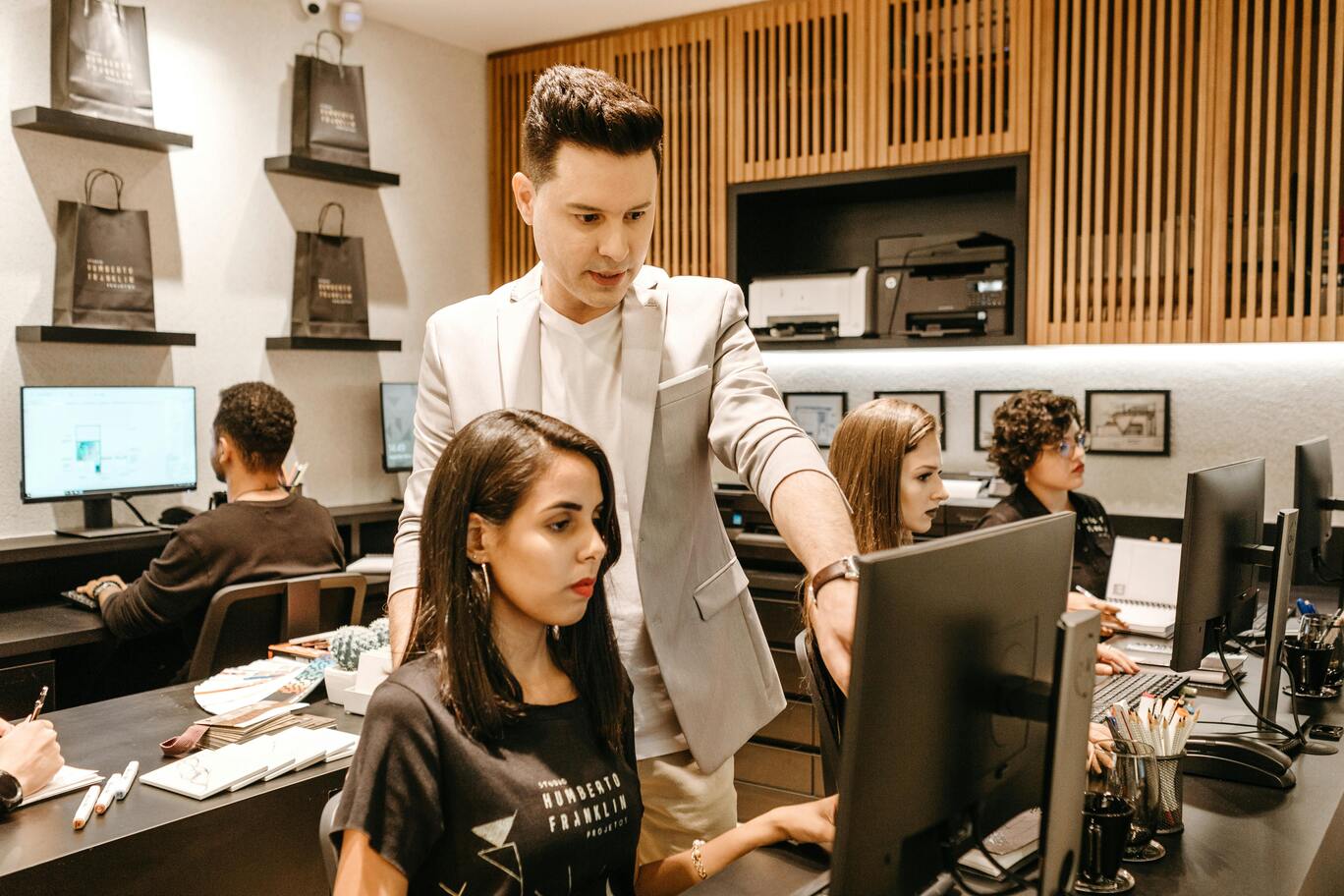Both public and private schools employ and require a huge number of employees to keep everything running smoothly. From the custodial staff to the secretary at the front desk to countless people in between, a school cannot function without these valued employees. However, while schools are not a business in the typical sense, they are often subject to strict budgets where literally every penny counts. This makes providing accurate payroll accounting systems absolutely essential. While, of course, each employee should be paid for all hours worked, a school cannot afford to waste thousands of dollars in inefficient or inaccurate payroll errors either.
Most school districts in the country still use dated paper timesheets. Employees sign in and out, and then, each timesheet has to be signed off by a supervisor. Finally, payroll has to manually add up those hours worked and verify wages. These paper timesheets provide a lot of opportunity for error, including whether or not the hours written down are even accurate and not realizing an employee worked overtime until after the fact. These out-of-date methods do not provide a way to effectively monitor time and can drain huge amounts of money that few schools can afford.
 Human error, whether innocent or not, is one of the biggest reasons for companies and schools to incur out of control labor costs. Schools are also subject to strict compliance laws in terms of pay and benefits, and if a school is audited and found in breach of specific guidelines, there can be serious consequences. This makes a much-needed shift away from error-prone paper timesheets towards computerized and automated systems essential.
Human error, whether innocent or not, is one of the biggest reasons for companies and schools to incur out of control labor costs. Schools are also subject to strict compliance laws in terms of pay and benefits, and if a school is audited and found in breach of specific guidelines, there can be serious consequences. This makes a much-needed shift away from error-prone paper timesheets towards computerized and automated systems essential.
Most school districts employ a large number of employees, each with their own unique pay scale and benefits. This makes manual calculations of payroll a huge undertaking and wastes time and money that could be better spent elsewhere (such as the classrooms).
By using time attendance systems such as biometric scanners, hours can be quickly and accurately tracked. Employees cannot clock in too early or late, overtime hours can be tracked immediately, and employee logs can automatically be linked to employee-specific pay rates, so payroll departments can eliminate unnecessary human error and streamline their processes.
Although some schools may feel a switch such as this is too costly, the amount of money it saves overall in labor costs far outweighs the initial investment. These systems do not have to be used solely for just hourly employees but can also track the time salaried employees spend in extra-curricular activities and which employees are in the building (in the event of an emergency). Sometimes an initial investment is truly worth its weight in gold – and this is definitely the case for schools in regards to time attendance tracking.






